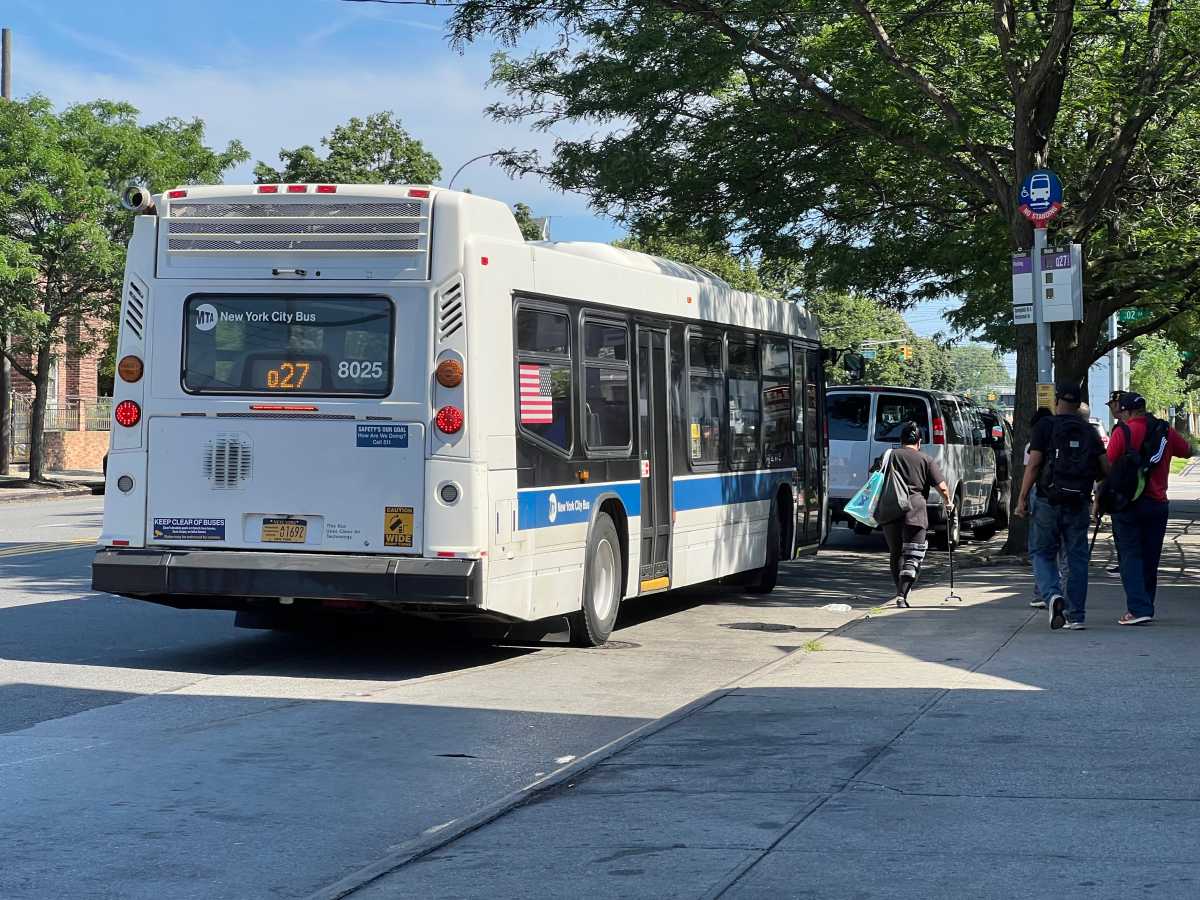Jane Jacobs, one of the greatest legends of Greenwich Village, died on Tuesday. Though she had moved to Toronto some years ago, Jacobs — who was 89 — will never be forgotten here.
Greenwich Village, Soho, Little Italy and the Lower East Side would not be the same today without Jacobs’s pivotal efforts to save large parts of them from misguided planning and transportation schemes.
Jacobs, along with other Villagers, took on Robert Moses, the city’s iron-willed planning czar, and, against all odds, defeated him time and again. They beat the plan to extend Fifth Ave. as a superhighway through Washington Square Park. Jacobs and allies also killed the plan for an elevated Lower Manhattan Expressway linking the Williamsburg Bridge and Holland Tunnel that would have razed much of Little Italy and Soho and which would have linked to the highway from Washington Square. Jacobs was a leader in the fight to block a “slum-clearance” project that would have leveled much of the West Village, replacing low-income tenements and mixed uses with impersonal tower-in-the-park-style development. She opposed the construction of New York University’s monolithic Bobst Library on Washington Square South, but this one, alas, she lost.
While these battles were a half-century ago, and times have changed, Jacobs’s urban planning theories remain more true and applicable today than ever. Jacobs advocated low-rise development, feeling people should be connected to the life of the street. She abhorred tower-in-the-park construction, feeling it killed this vitality. She backed mixed uses in neighborhoods: A local tavern could be a good thing at night, since it kept life and eyes on the street.
These are simple ideas. Yet, when Jacobs published her book “The Death and Life of Great American Cities” in 1961, urban planning was moving in exactly the opposite direction.
Jacobs showed that normal people could resist and win in the face of urban development juggernauts that saw them as mere obstacles in the way of some sort of “progress.”
In 2006, the development pressures no longer come in the form of Robert Moses-style megaprojects. Today, we see a chipping away — though at ever-accelerating speed — of our neighborhoods’ fabric by luxury glass towers, as mom and pop stores are being elbowed out by bars and nightclubs. Institutional growth is taking its toll, as New York University shows no signs of halting its development ambitions in the Village by locating a satellite campus elsewhere.
We know Jacobs would abhor these threats to our neighborhood. And she’d find some way to fight back. And, whether storming the stage at a City Planning hearing or ripping up a stenographer’s transcript tape at a hearing on the Lower Manhattan Expressway, Jacobs, above all, was a fighter. That’s why Villagers — who are also fighters — always looked up to her and followed her lead.
So we mourn the loss of a truly great hero and savior of the Village. And with the spirit of Jane Jacobs — the fight goes on.






























